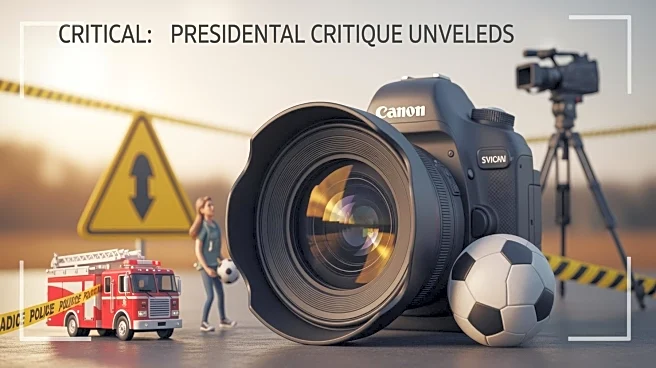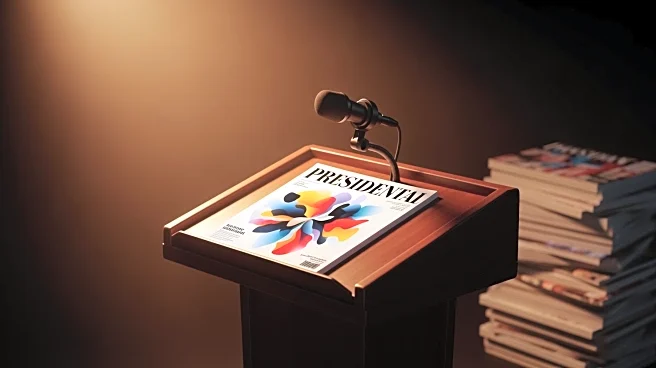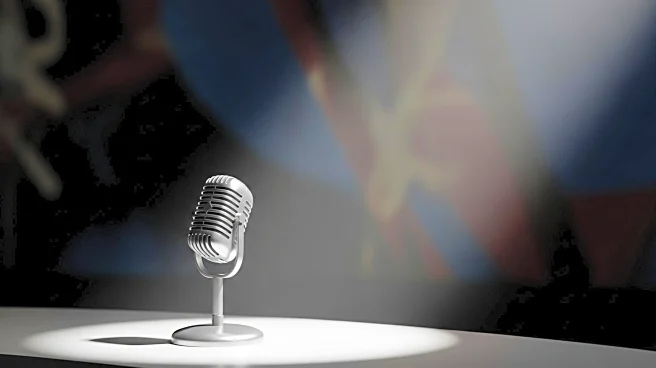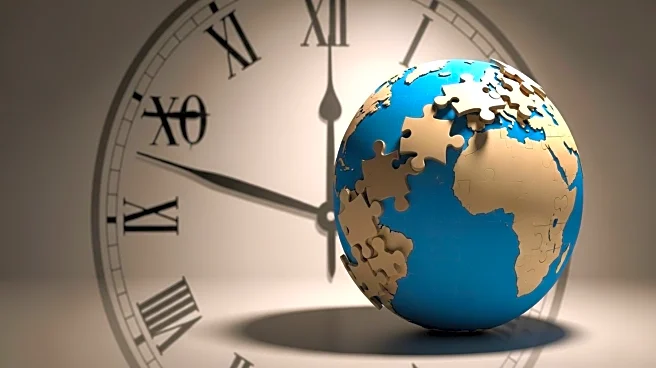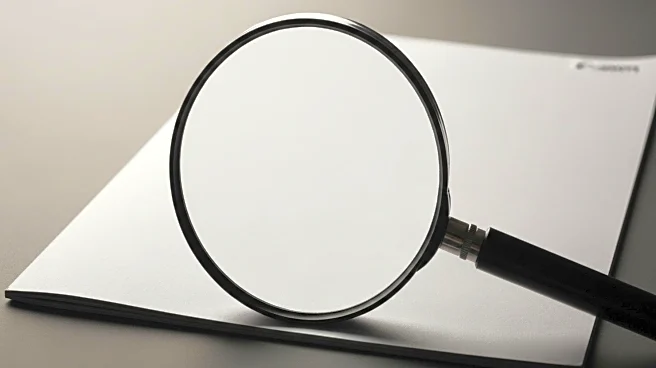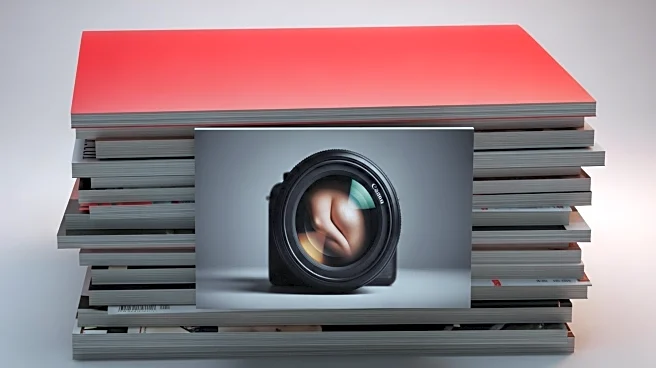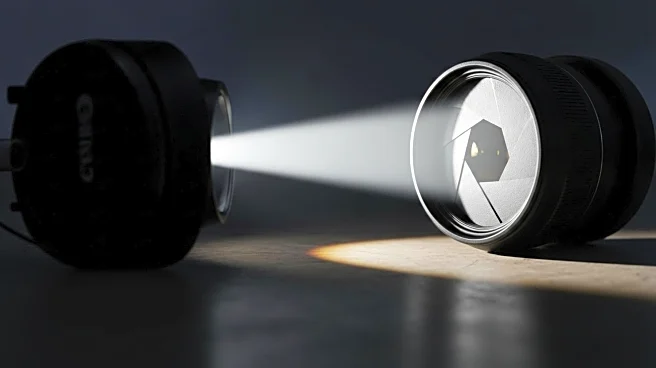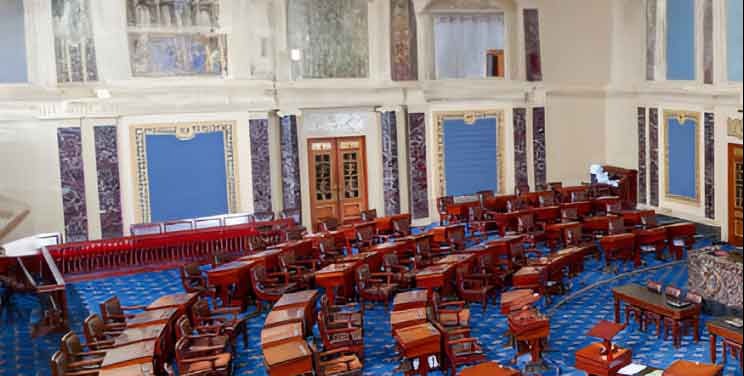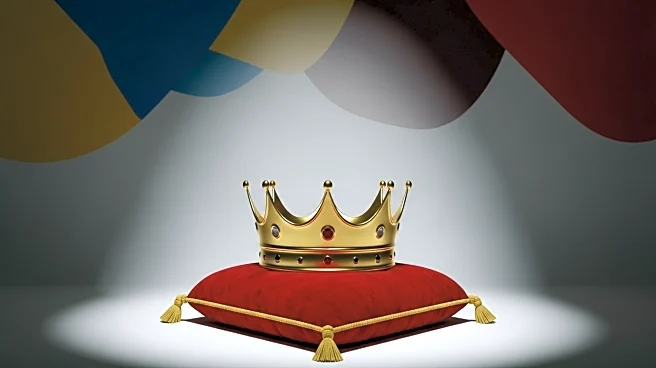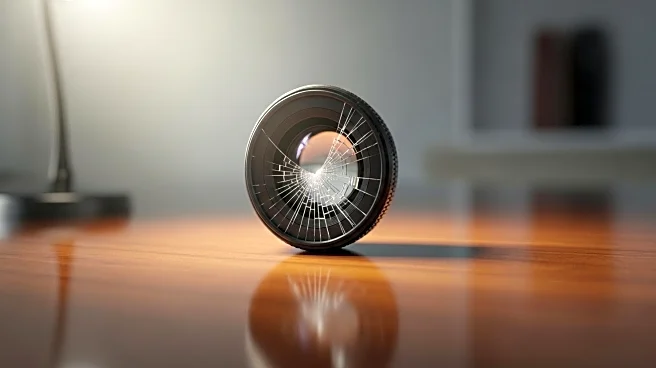What's Happening?
President Trump criticized a Time magazine cover photo, describing it as 'the worst of all time.' The photo, which accompanied an article recognizing his ceasefire deal in Gaza, was taken from a low angle,
emphasizing his neck and chin. Trump expressed dissatisfaction with the portrayal of his hair, claiming it appeared to have 'disappeared' and included a floating crown-like image. He voiced his concerns on social media, questioning the magazine's choice of image and its intentions.
Why It's Important?
The incident underscores the importance of media portrayal in shaping public perception of political figures. Trump's reaction highlights his sensitivity to visual representation and the impact it can have on his image. This situation reflects the broader dynamics between media outlets and political leaders, where editorial choices can influence public narratives and perceptions. The controversy may prompt discussions about the ethics and impact of visual representation in political journalism.
What's Next?
The controversy may lead to further scrutiny of media practices in selecting and presenting images of public figures. It could prompt discussions about the ethical considerations involved in editorial decisions and the potential consequences for political leaders. Trump's reaction may also influence how future media outlets approach cover photos and articles about him, potentially leading to more cautious editorial decisions.
Beyond the Headlines
The incident raises questions about the role of media in shaping political images and the ethical considerations involved in editorial choices. It highlights the balance between artistic expression and respectful representation, especially for public figures. This situation could contribute to ongoing debates about media bias and the responsibilities of journalists in portraying political leaders.
